- Alzheimer’s Disease: A Worldwide Crisis
Ever since I was young, there have always been instances of neurodegenerative disease in my family. My great-uncle has suffered from Parkinson’s disease for many years and though Parkinson’s is very debilitating, he has lived with it for a quite a while and embraces it as a part of his identity. He continues to live his life with his family and recently born grandchildren. This, however, is not my motivation to research Alzheimer’s disease. My motivation comes from my paternal grandmother who had a sudden bout of the disease and shortly passed away after showing symptoms of memory loss. I was quite close with my grandmother despite being separated by some 8,700 miles, we talked over the phone nearly every day as casually as if we were friends and we played board games and chatted when we were together in person. As her memory began to fade, it became unmistakably clear just how much Alzheimer’s disease can affect an entire family. Both the maternal and paternal sides of my family watched as we were forgotten and eventually left behind as she departed this world. I was left longing for the grandmother that I considered my best friend, or at least an explanation of what happened to my grandmother from the time she began to lose her memories to the end besides the doctor’s simple explanation: “Alzheimer’s.” Coming up on the third anniversary of her death, I thought this opportunity would be the perfect chance for me to find an explanation to exactly what happens to the brain in Alzheimer’s disease and share that with you.
Alzheimer’s disease is a neurodegenerative disease that generally starts its course of neural destruction in the temporal lobe, more specifically, areas of the brain that are responsible for memory, so the hippocampus is very much affected by Alzheimer’s. As time progresses, more areas of the brain are affected until the patient passes away. Alzheimer’s is characterized by the death of neurons in the brain. The cause for this neuronal death is not yet known, but there are three major associations that modern science has put with Alzheimer’s disease. The first is the presence of something called ß-Amyloid plaques. ß-Amyloid plaques are clumps of an insoluble protein called ß-Amyloid. ß-Amyloid plaques form in between neurons and their synapses. This blocks communication between neurons in the brain, reducing brain function and showing us symptoms such as loss of memory, loss of understanding when viewing images, trouble with speech and writing, along with many other reduced mental capacities. The ß-Amyloid plaques affect the neurons in the brain in another way as well. They activate the immune cells in the brain which try and remove the plaque, but in doing so, they cause inflammation (similar to how when you skin your knee, you may feel some swelling) in the brain which kills nearby neurons. The symptoms caused by this are similar to those aforementioned.
The second association that scientists have made is the relationship between Alzheimer’s and neurofibrillary tangles. Neurofibrillary tangles are formed when the cytoskeleton of a cell is compromised. The cytoskeleton of a cell is analogous to our own skeletons, it supports a cell and gives it a shape that helps it carry out its function. In the cytoskeleton, there are fibers called microtubules attached to a protein called tau, this complex helps to act like the “bones” in the cell. The microtubule and tau complexes help transport food and waste within the cell as well. In Alzheimer’s disease, the microtubules and tau complexes of neurons separate and the fibers of the tau proteins tangle with other nearby tau proteins. This collapses the cell and destroys the intracellular transport system of materials which results in cell death.
The final association scientists have made is between exosomes and ß-Amyloid plaques. It has been seen that cells sometimes take in some of the ß-Amyloid plaque from their surroundings and send it out in exosomes, or bubbles that leave the cell, that carry ß-Amyloid plaque to other places in the brain which spreads the reach and effects of Alzheimer’s disease.
Figure 1:
Figure 1:
In the two figures up above, we can see the effects of the three Alzheimer’s disease related mechanisms that were mentioned before. In figure 1, we have an MRI scan of healthy brained people (HC) and Alzheimer’s disease patients (AD). Upon a closer look, we can see that the HC subjects have a lot more of the white mass than the black spaces when compared to the AD patients. This means that their brains are simply larger because the neurons in their brains aren’t being destroyed by the disease. In the second figure (PET scan), we can see brain activity by seeing just how much glucose is being used by the neurons in the brain. Bright colors such as red, yellow and green indicate that lots of glucose is being used, this means that neurons are metabolizing glucose to get energy to perform their functions in the brain. This is far more prevalent in the normal brain than the Alzheimer’s brain as there are more neurons alive and in need of energy.
The PET scan and the MRI show evidence that there is neuronal death in the brain, which is ultimately what causes the downhill spiral of brain function in Alzheimer patients.
Works Cited
Alzheimer’s Association [Internet]. 2021. 225 N. Michigan Ave. Floor 17 Chicago, IL 60601: Alzheimer’s Association; [updated 2021; cited 2021 Apr 28]. Available from: https://www.alz.org/national/documents/topicsheet_betaamyloid.pdf
Alzheimer’s Association [Internet]. 2021. 225 N. Michigan Ave. Floor 17 Chicago, IL 60601: Alzheimer’s Association; [updated 2017 Mar; cited 2021 Apr 28]. Available from: https://www.alz.org/alzheimers-dementia/10_signs
Ledig C, Schuh A, Guerrero R, Heckemann R, Rueckert D. 2018. Structural brain imaging in Alzheimer’s disease and mild cognitive impairment: biomarker analysis and shared morphometry database. Nature [Internet]; [cited 2021 Apr 28]. Available from:https://www.nature.com/articles/s41598-018-29295-9
Malm T, Loppi S, Kanninen K. 2016. Exosomes in Alzheimer’s disease. ScienceDirect [Internet]; [cited 2021 Apr 28]. Available from: https://www.sciencedirect.com/science/article/pii/S0197018616300614
Mattson M. 2004. Pathways towards and away from Alzheimer’s disease. Nature [Internet]; [cited 2021 Apr 28]. Available from: https://www.nature.com/articles/nature02621#Sec1
U.S. Department of Health & Human Services [Internet]. 2017. 200 independence Avenue, S.W. Washington, D.C. 20201: U.S. Department of Health & Human Services; [updated 2017 May 16; cited 2021 Apr 28]. Available from: https://www.nia.nih.gov/health/what-happens-brain-alzheimers-disease Vickers J, Dickson T, Adlard P, Saunders H, King C, McCormack G. 1999. The cause of neuronal degeneration in Alzheimer’s disease. ScienceDirect [Internet]; [cited 2021 Apr 26]. Available from: https://www.sciencedirect.com/science/article/pii/S0301008299000234
By: Aakash Parthasarathy
- Bridget Hurley
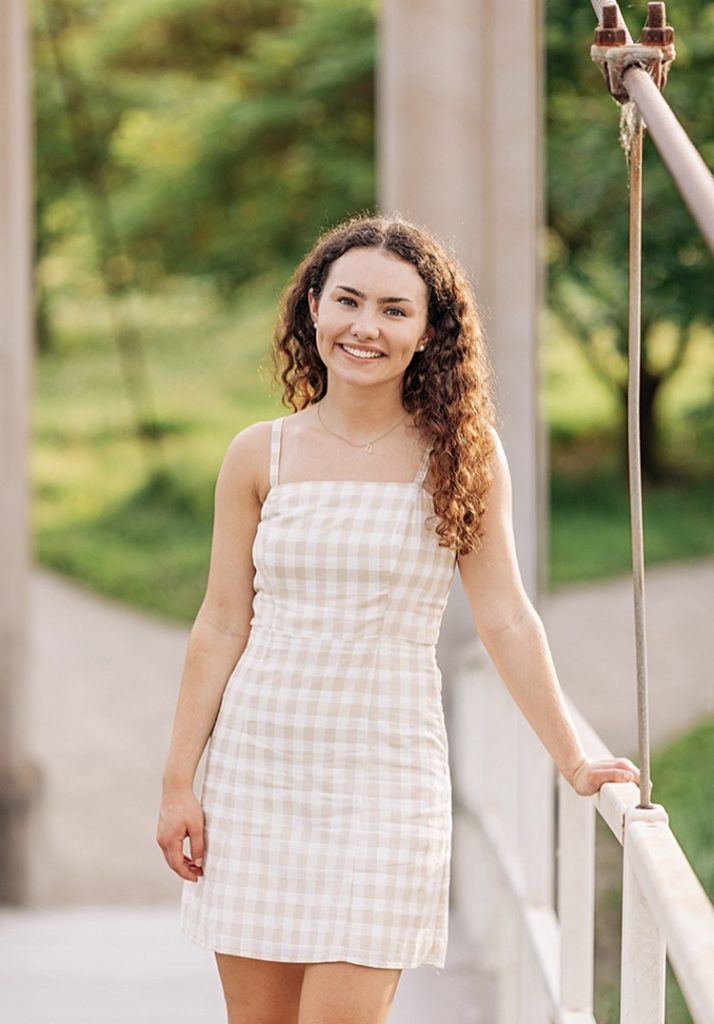
Hi! My name is Bridget Hurley. I am from St. Louis, Missouri. I am currently on the pre-business track and will be applying for the business school next year. I will most likely study marketing and finance. I love playing sports, especially soccer and volleyball, hanging out with friends, and trying new restaurants. I really enjoy this class because it is interesting to see how our brains and art are connected to each other.
- Peizheng Li
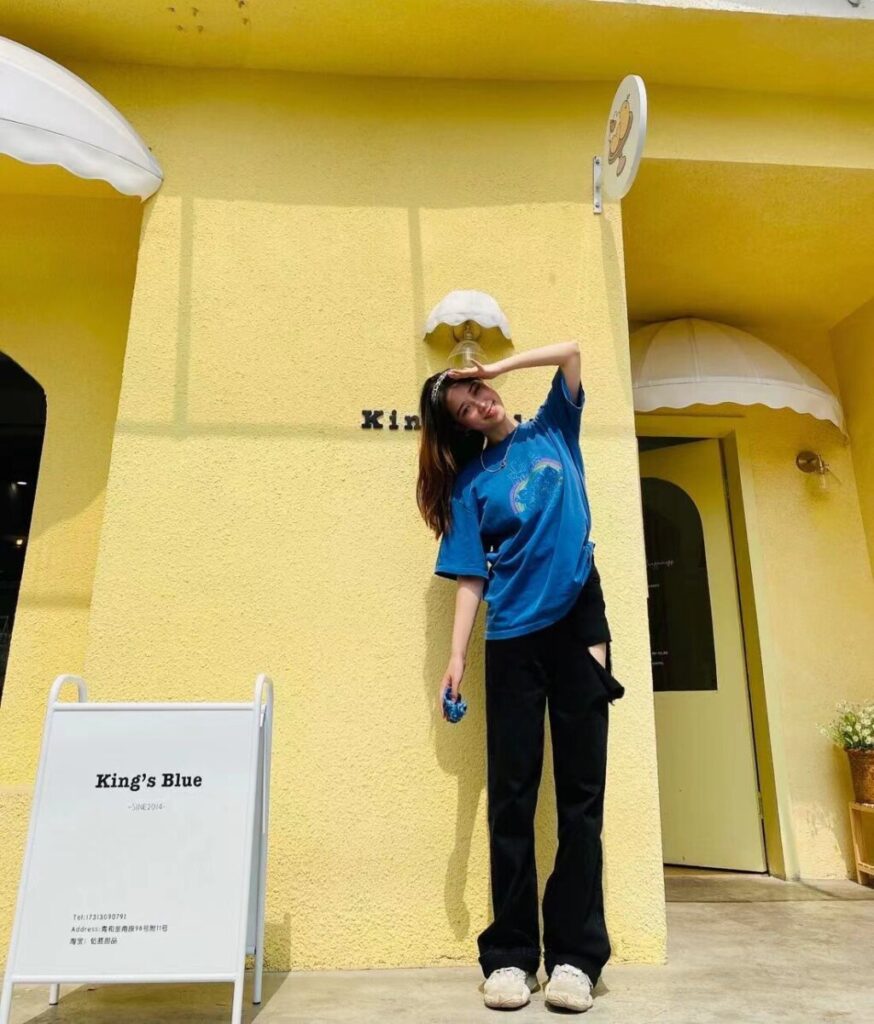
Hi everyone! My name is Peizheng(Yolanda) Li and I’m from Sichuan China. I haven’t declared my major yet, but I currently plan to double major in psychology and business. I love traveling, fashion, singing, dancing and I’m really into Korean music (Blackpink is the revolution!). Although I will not major in biology, I want to try something new and special, that’s why I came to this class. I’m excited to learn from you all and explore the new world of arts and the brain with you this semester!
- Lucero Rios
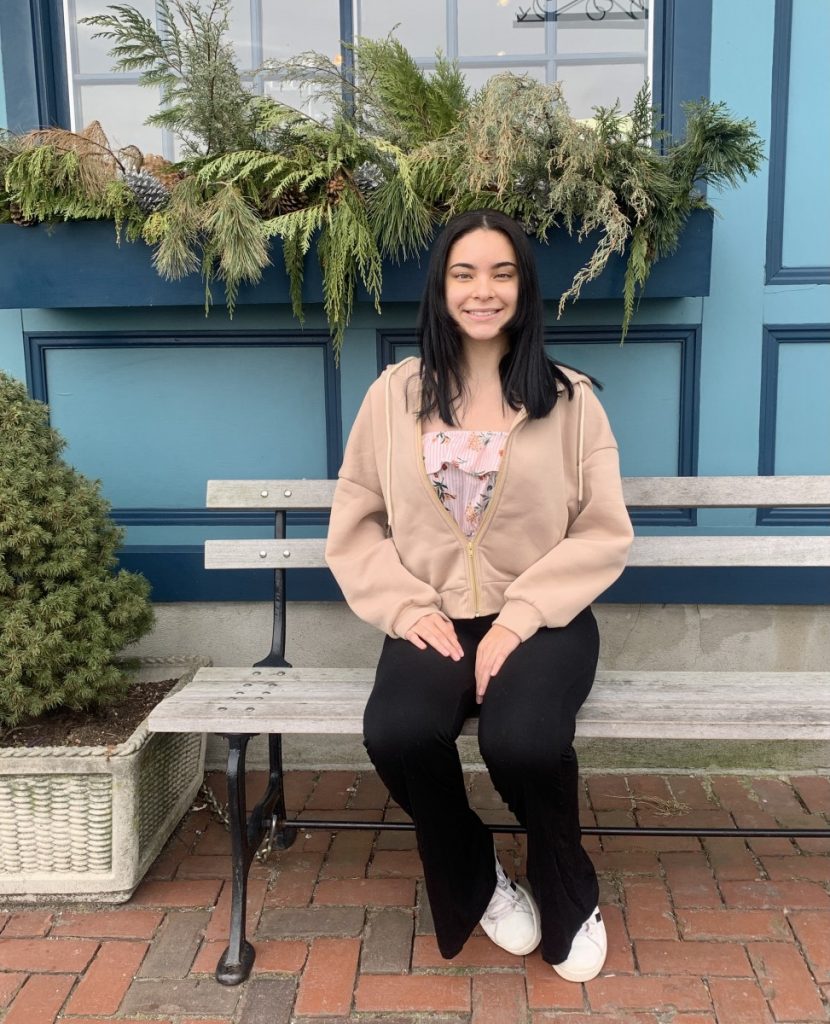
Hey everyone! My name is Lucero Rios and I am from Providence, Rhode Island. I am a Computer Science major with a possible minor in Economics. I have always had an interest in art, so the opportunity to view art from a more scientific perspective, particularly through a biological lens, is very exciting! Aside from school, I love to listen to music, play guitar, and journal. I hope to continue to learn new things in this class and engage in interesting conversations with my classmates!
- Elaine Leung

Hello! My name is Elaine Leung and I am from Suwanee, Georgia. Though I am still unsure on what to major in, I’m planning on majoring in Psychology and Linguistics. I love watching movies, listening to music, and roadtripping to new places. The brain and art are both fascinating topics to me, and it’s so fun to learn about how they build off of one another in the most intriguing ways in this class!
- Abbi Crowther

Hello everybody! My name is Abbi and I’m from the UK. I’m currently planning on majoring in Linguistics and East Asian Studies, but haven’t declared these yet. My biggest non-academic passion is music; I play piano, bass guitar and ukulele. I’m taking this class because I’ve always wanted to understand exactly what goes on in the brain when we experience various forms of art, especially music.
- Night Zhou
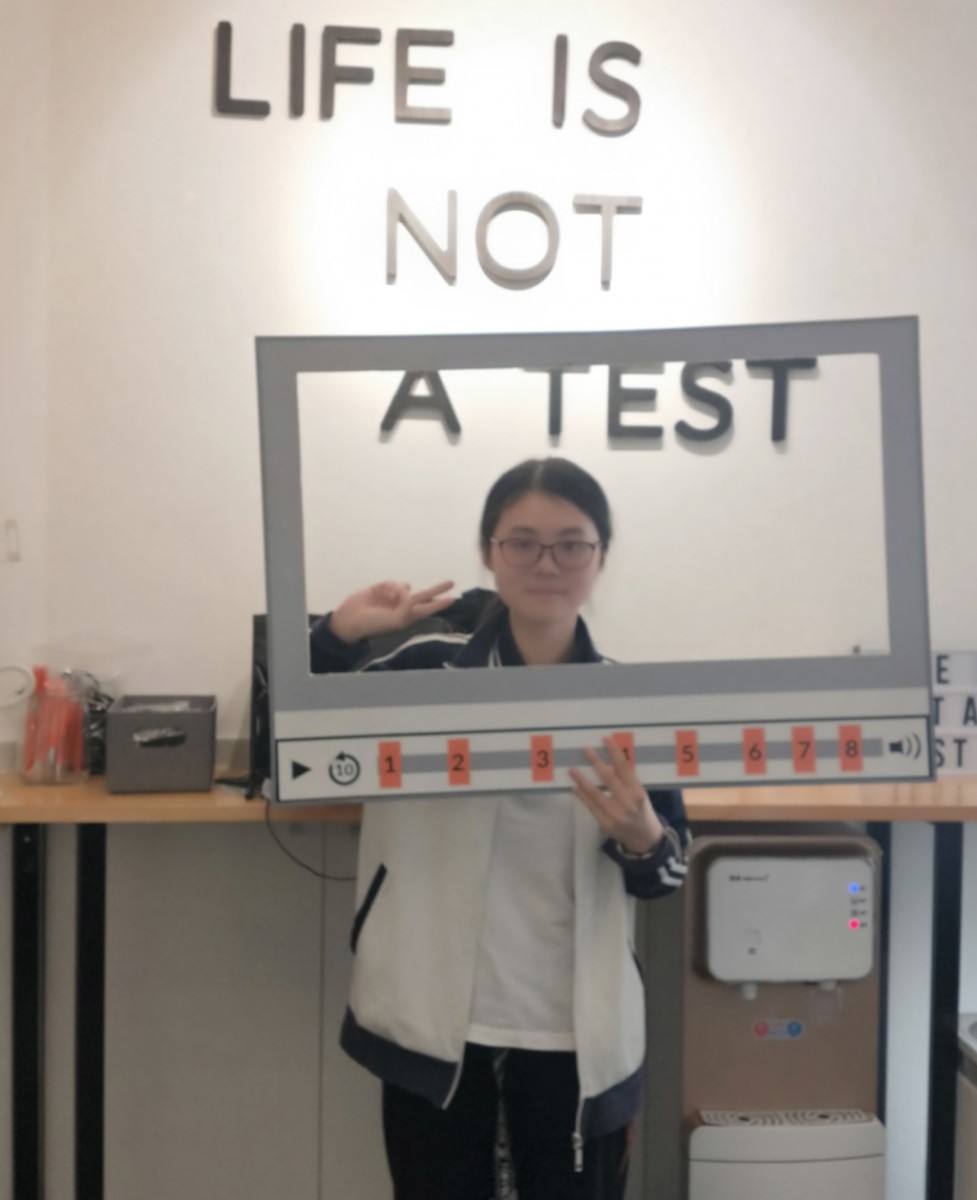
Hello guys! My name is Night Zhou and I’m from Beijing, China. This is my first year at Emory and I’m excited to meet you all. I haven’t decided my major yet but I’m thinking to take NBB as my major. I love cooking and watching anime. The reason why I choose this course is that I’m interested in neuroscience since I was in high school. The topic of art and brain is so interesting for me and I think I could learn a lot from it.
- Justin Byun

Hello everyone! My name is Justin Byun and I’m from Los Angeles, California. I have not declared my major yet, but I’m currently on the pre-medicine track. I love to play the violin, go on hikes, and travel around the world. I took this class to learn more about the brain, and as someone who appreciates art, it just made sense for me to take this class. Connecting art to our brain is a unique and interesting topic, so I couldn’t pass the opportunity to take this class. I cannot wait to learn more about our biology through art!
- Ailin Tang
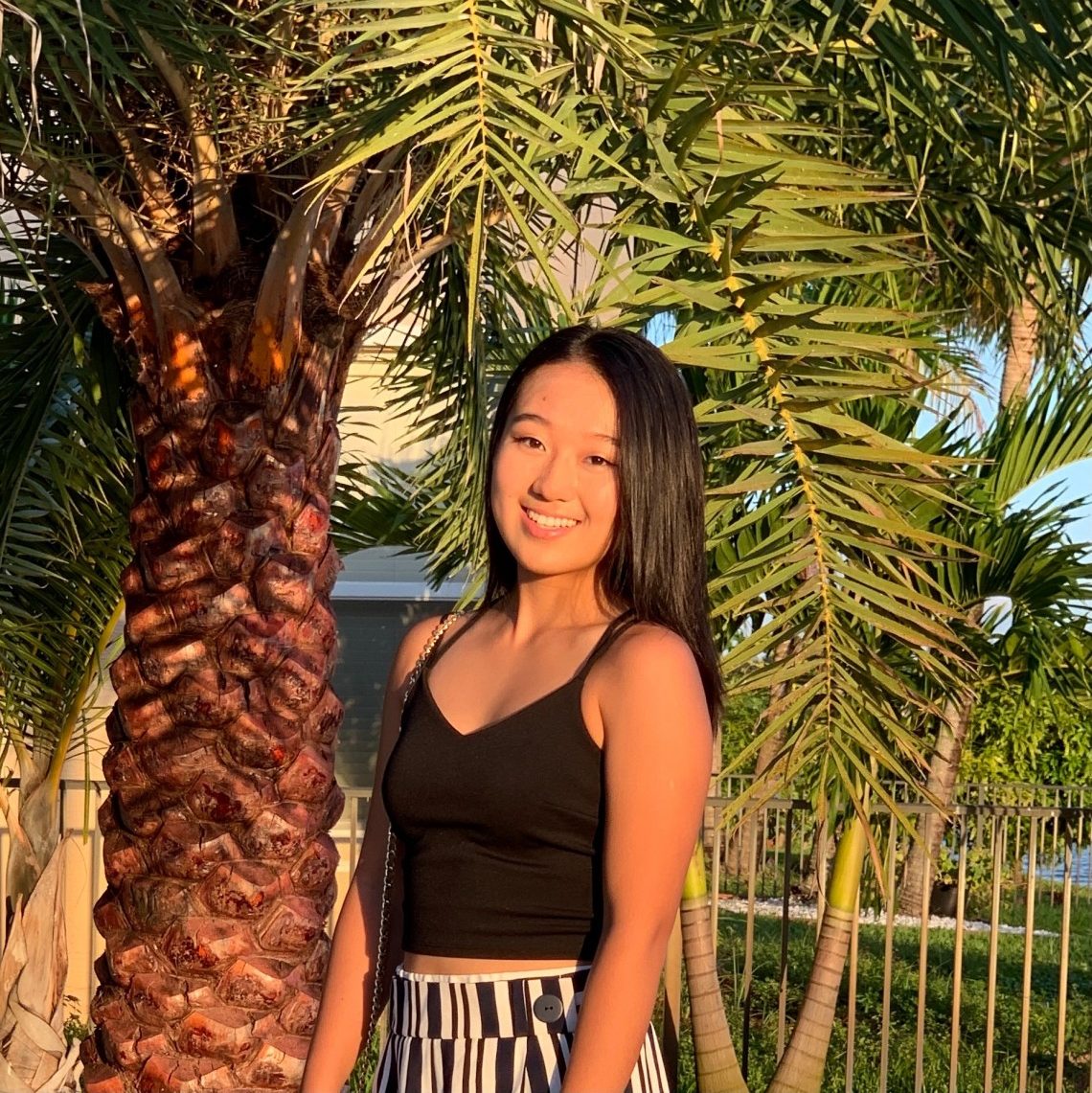
Hi! My name is Ailin Tang and I’m from Florida. I plan on majoring in biology and pursuing the pre-med track. I love traveling, being outdoors, and listening to music. I took this class because I want to learn more about the interconnectedness of art and the brain. I am excited to meet you all and be a part of the Emory community!
- Aakash Parthasarathy
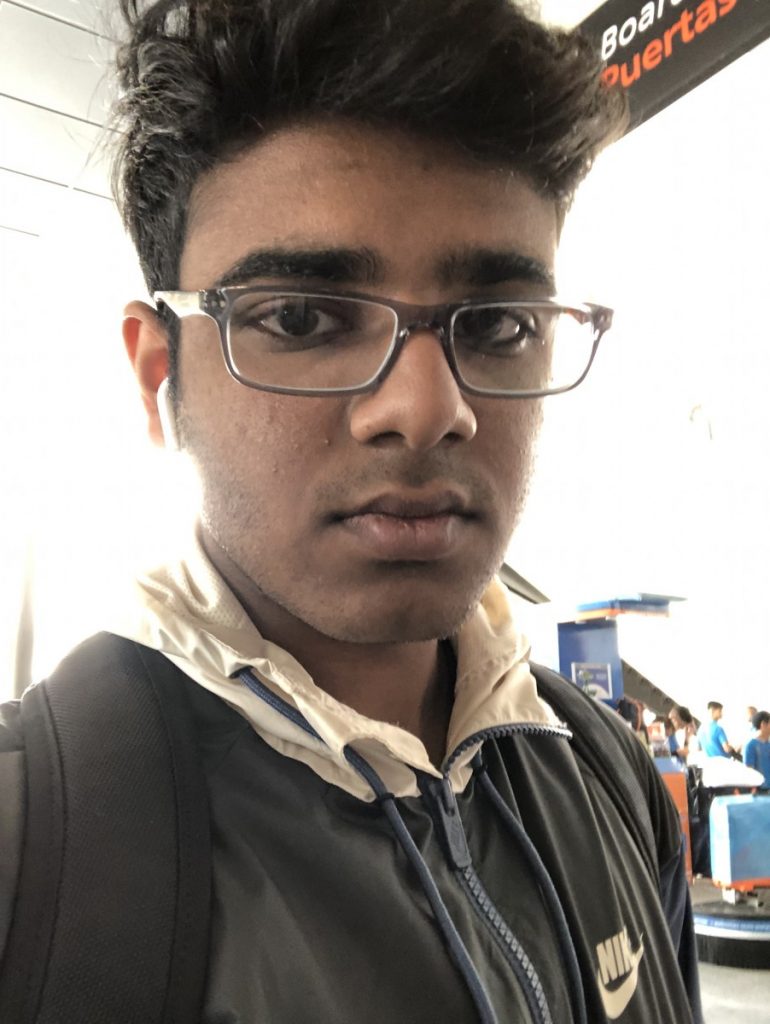
Hi all, I am Aakash Parthasarathy from San Francisco, California. I have decided on majoring in Biology on the Pre-Med track. This class seemed interesting, and appealed to my interests of the brain which I cultivated in AP psychology last year, so I’m really excited for this class to progress. Aside from that, I love playing tennis, snow-boarding, eating exotic foods, and just chilling with people in general.
- Lejun Liu

Hello everyone! My name is Lejun (Angela) Liu and I am from Beijing, China. This is my seventh year studying abroad in the U.S.. I am planning on double majoring in Psychology and business. Even though I am not a stem student, I still found this class extremely interesting because the material ingenuously associates art with the brain and biology, and I am able to apply many concepts that I am learning in psychology class to what I am learning here. In my spare time, I love travelling, skiing, and playing board games. I am lookin forward to reading the blogs from all of you as well as sharing my ideas here!
- Jiachen Zhang
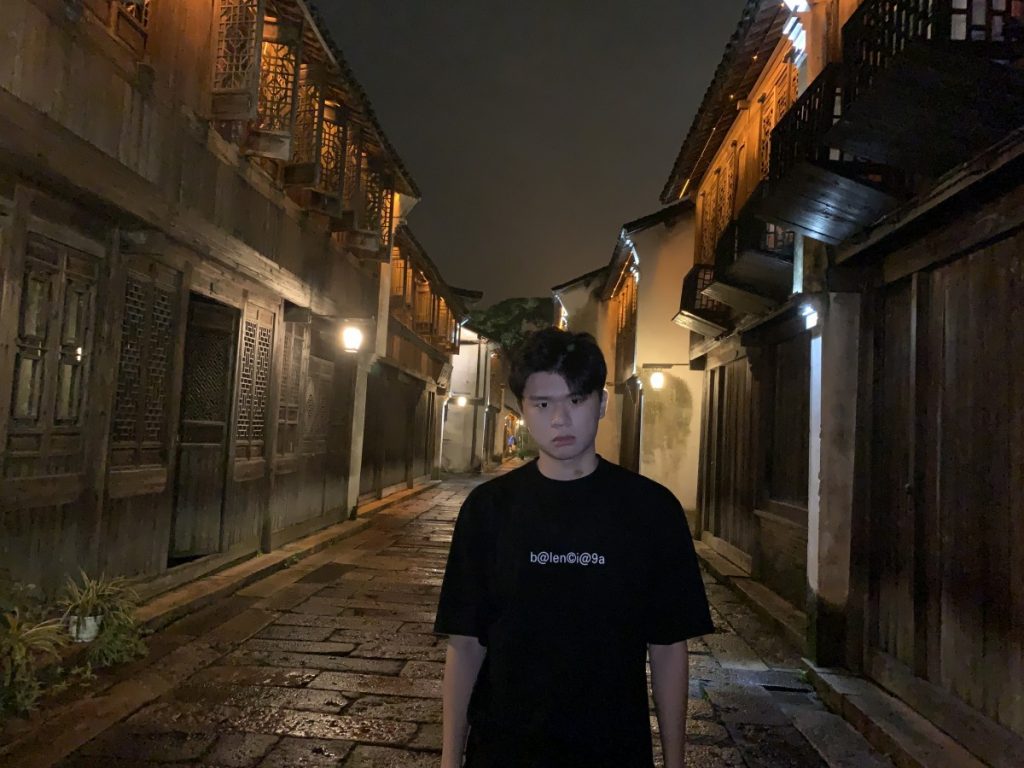
Hi everyone! My name is Jiachen Zhang and I am from Beijing, China. Since it is my first year at Emory, I’m very excited to meet new people and further explore my interests. I haven’t declared any major but I am planning to apply for the business program. This class is my first bio class at Emory, even though I am not intending on a biology major, I am still fascinated with the information I learnt in this class. Apart from school, I like to do lots of things outside of class like playing ice hockey, reading books, and participating in volunteering opportunities. In short, I am very excited about my emory experience, and thrilled to make new friends!
- Vanessa Wang

Hi everyone! My name is Yang (Vanessa) Wang, and I come from Beijing, China. I haven’t declared my major yet, but I’m thinking of some combination like QSS and PSYC. I don’t really have a professional biology background, but I did learn a bit of neuroscience in my psychology class before, and I found them interesting! In my spare time, I enjoy singing, traveling, and hanging out with friends. It’s really nice meeting all of you in this class and I look forward to diving into learning about brain functions through an artistic perspective!
- Sherry Yu

Hi everyone! My name is Xinyuan (Sherry) Yu, and I am from Beijing, China. While I’m still exploring my interests, I currently plan to double major in math and business (finance). I love listening to music, singing, and I’ve always been trying to write my own songs. Also, I’m very fond of art history, and that’s one of the reasons why I decided to take this class! I’m extremely excited to discover this beautiful and fascinating world of art from a scientific angle!
- Lyla Patel

Hi! My name is Lyla Patel. I am from California, near San Francisco. I plan on majoring in psychology and I am debating whether to pursue the premed or the prelaw track. I love astrology, playing golf, fashion, and being outdoors. I love traveling and exploring new places, especially anything food related, wherever I go. I am excited to meet you all and learning about the interactions with arts and the brain this semester!
- Andrea Mancia
Hey guys!! My name is Andrea Mancia and I’m from Peachtree City, Georgia which is about 45 minutes from Atlanta. I’m very excited to be at Emory this fall and am planning to major in Chemistry with a focus in BioChem on the pre-med track. I love to dance, bike, and travel (especially to visit my family in Puerto Rico!). I’m looking forward to learning more about how science and art are intertwined in our lives through this class!
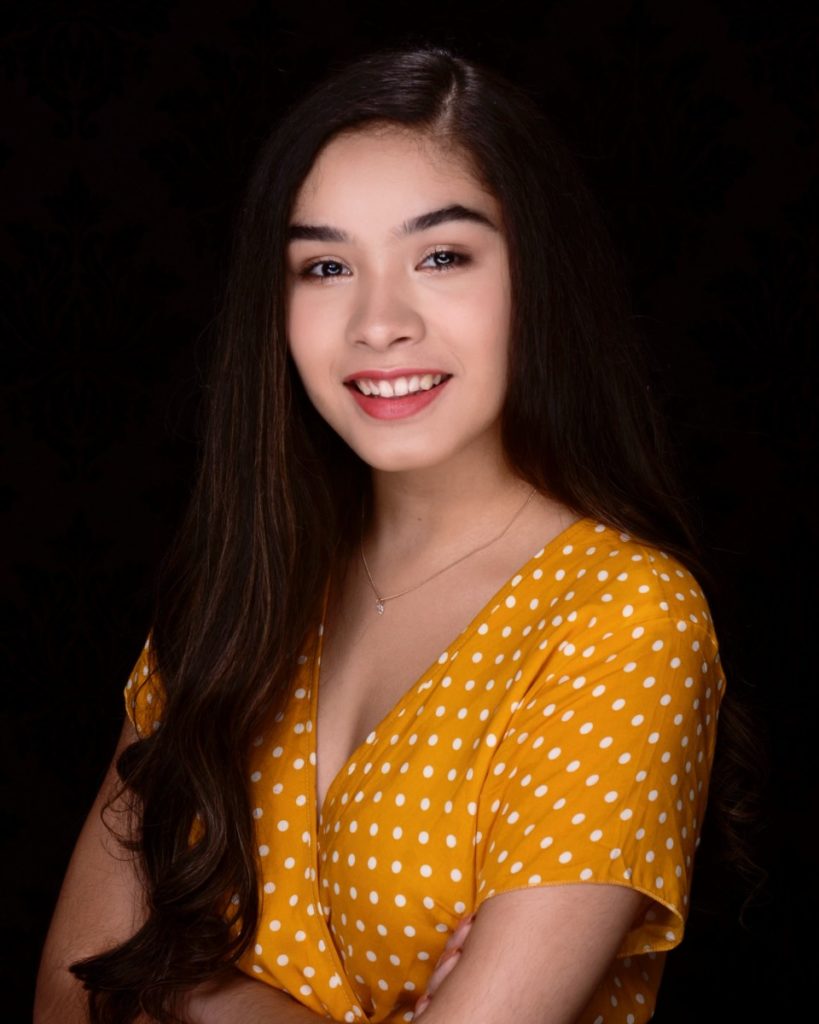
- Charlotte Xu
Hello lovely people! I’m Charlotte, and I’m from Shanghai, China. I’m thinking about psychology and religion double major. I went to a boarding school in Connecticut for the past four years. I am a huge traveler and photographer! I just did a skydive in Florida and went to see the northern lights in Alaska this past March! Also, I just got my scuba diving Open Water and Advanced Open Water certificate a month ago! Yayyy! Hit me up if you have any interesting ideas and I’ll always be up for that!
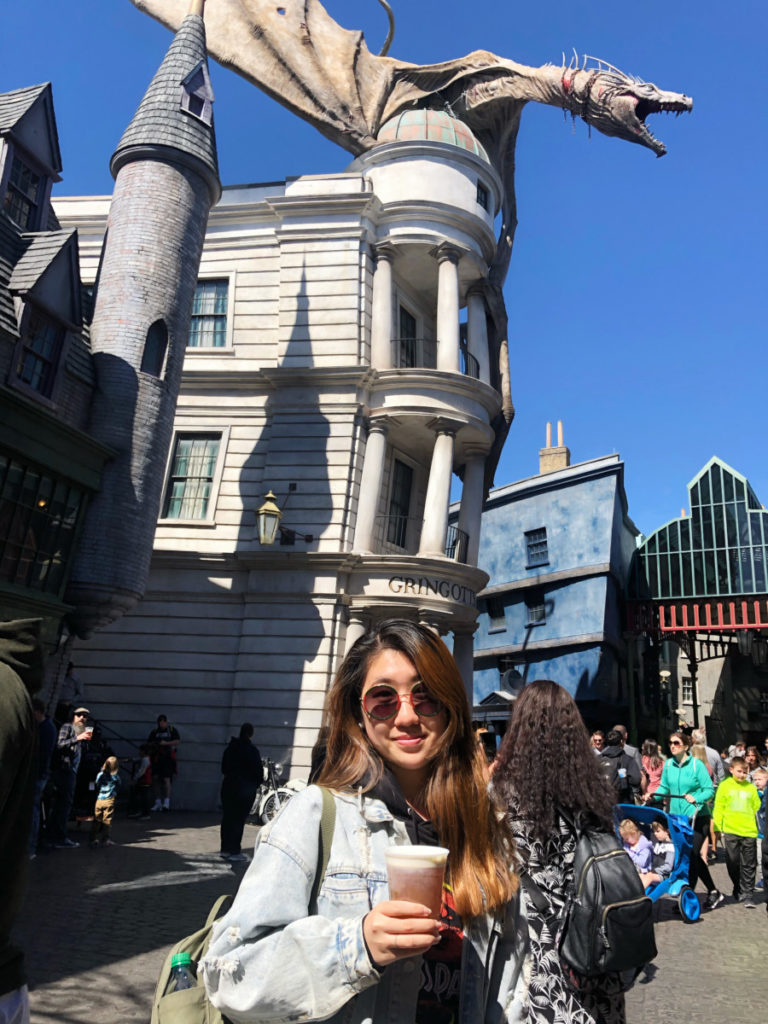
- Jason Jin
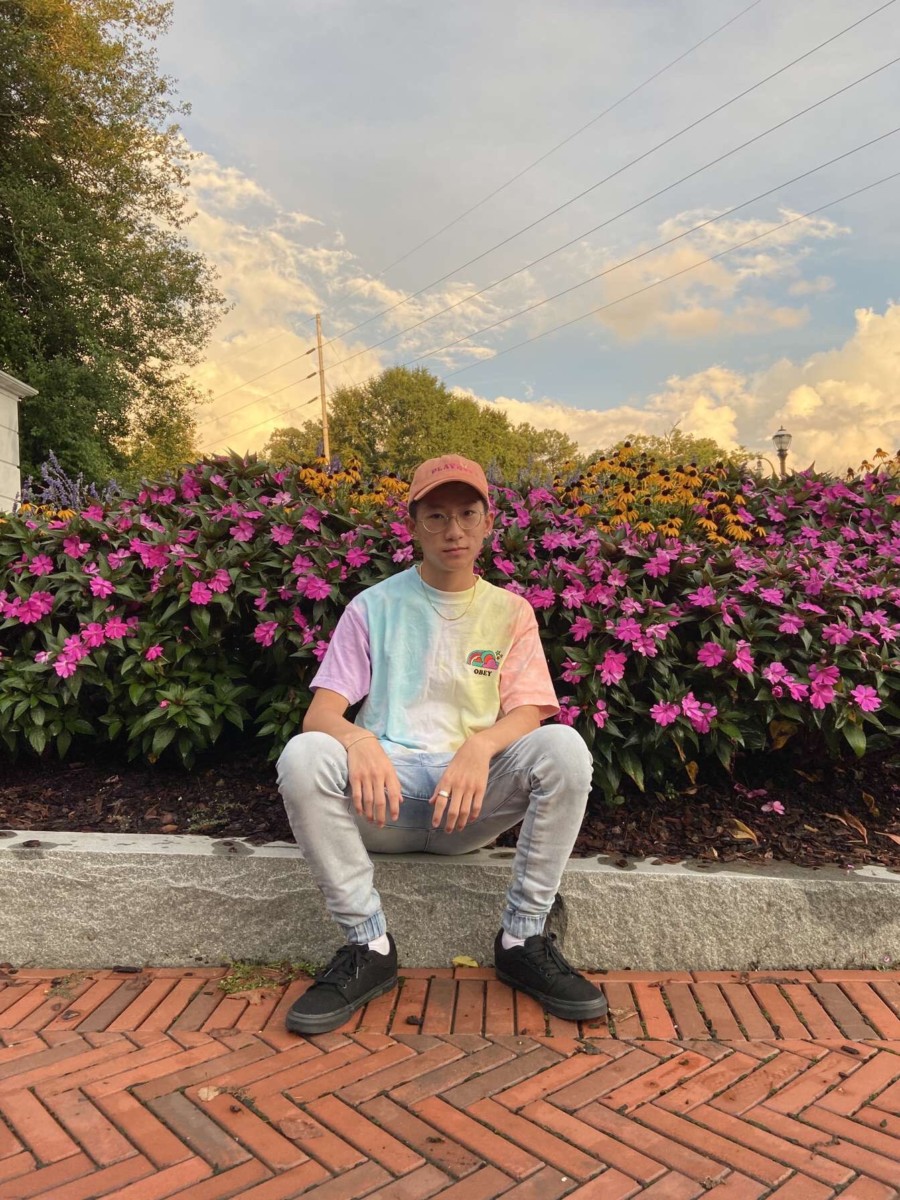 Hey guys! My name is Jason and I’m from Central Florida, near the Orlando area. I want to eventually go into the Business school and major in Marketing or Finance. I love dancing (I have vids on my ig @jason.jinn) if you wanna check them out. I love hanging out with friends, going to the mall, and just going on spontaneous adventures in general. I took this class because it sounded very interesting and I really like psychology and art in high school so I thought why not? I’m super excited to be part of the Emory community and want to meet everyone!
Hey guys! My name is Jason and I’m from Central Florida, near the Orlando area. I want to eventually go into the Business school and major in Marketing or Finance. I love dancing (I have vids on my ig @jason.jinn) if you wanna check them out. I love hanging out with friends, going to the mall, and just going on spontaneous adventures in general. I took this class because it sounded very interesting and I really like psychology and art in high school so I thought why not? I’m super excited to be part of the Emory community and want to meet everyone! - Jason Park
Hello guys! My name is Jason. Though I’m from Korea, I spent most of my life in Tianjin, China. I really love to listen to music, collect Lego products, and play video games. And I am currently planning to major in Computer Science. While this class does not really relate to what I am trying to major in, I am deeply interested in how our brain is influenced by the arts. I am happy to be part of the Emory community, and I am excited to meet everyone in this class!